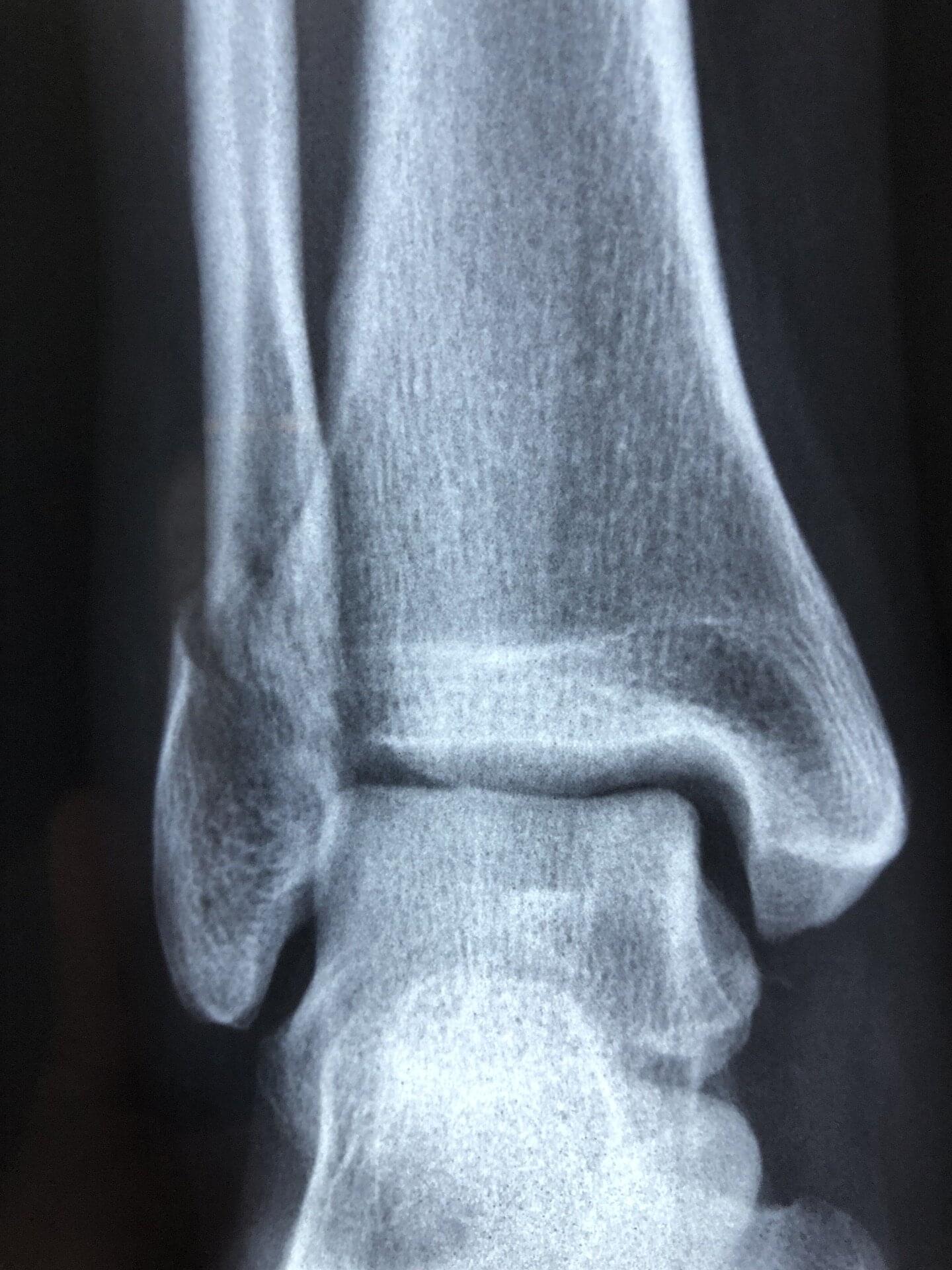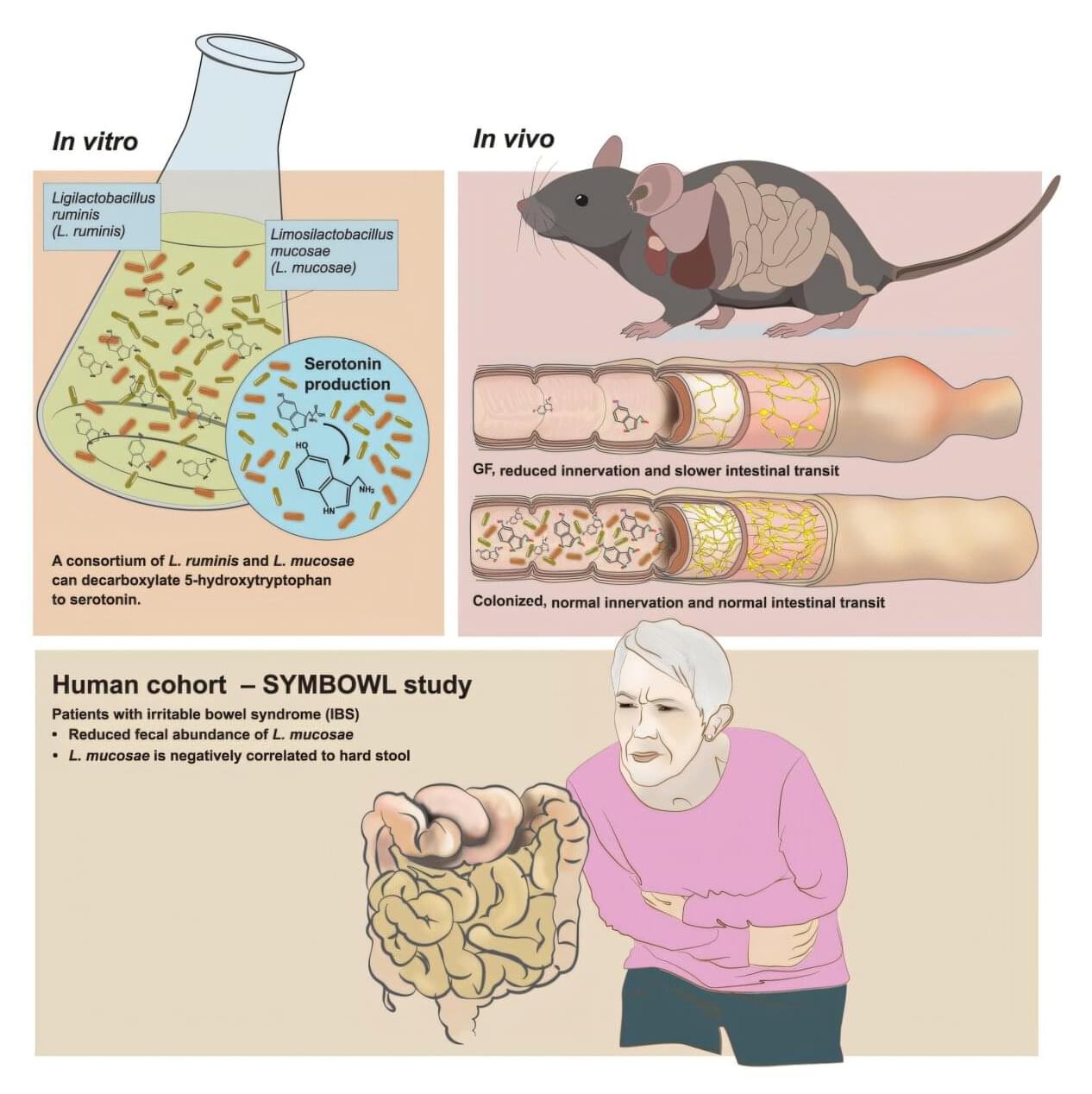Taking up a hobby like art, dance or music classes could have significant hidden benefits.



This new NASA/ESA/CSA James Webb Space Telescope Picture of the Month features a cosmic creepy-crawly called NGC 6537—the Red Spider Nebula. Using its Near-InfraRed Camera (NIRCam), Webb has revealed never-before-seen details in this picturesque planetary nebula with a rich backdrop of thousands of stars.
Planetary nebulae like the Red Spider Nebula form when ordinary stars like the sun reach the end of their lives. After ballooning into cool red giants, these stars shed their outer layers and cast them into space, exposing their white-hot cores. Ultraviolet light from the central star ionizes the cast-off material, causing it to glow. The planetary nebula phase of a star’s life is as fleeting as it is beautiful, lasting only a few tens of thousands of years.
The central star of the Red Spider Nebula is visible in this image, glowing just brighter than the webs of dusty gas that surround it. The surprising nature of the nebula’s tremendously hot and luminous central star has been revealed by Webb’s NIRCam.

Peripheral afferent neurons—nerves that send signals from all areas of the body to the central nervous system (brain and spinal cord)—are known to infiltrate and grow within malignant bone tumors called osteosarcomas, often accompanied by severe pain.
In a study published in Proceedings of the National Academy of Sciences, a multicenter research team led by Johns Hopkins Medicine reports that two analgesic drugs, bupivacaine and rimegepant, which are used to inhibit the formation and functioning of these neurons, not only relieve tumor-associated pain in laboratory mice, but also slow the unchecked growth of the cancer.
“Our findings suggest that these two medications—already approved by the U.S. Food and Drug Administration [FDA] for relieving nerve pain [bupivacaine] and migraines [rimegepant]—might one day be repurposed as anti-tumor therapies,” says study lead author Sowmya Ramesh, Ph.D., a postdoctoral researcher in pathology at the Johns Hopkins University School of Medicine.
A new ultrasound-based imaging tech has been developed to map the organ blood flow in four dimensions (3D + time) — a level of detail previously unattainable.
This new medical imaging tech could provide deeper insights into the circulatory system as well as enhance the diagnosis and treatment of blood circulation-related diseases.
The development comes from a team of Inserm researchers at the Physics for Medicine Institute (Inserm/ESPCI Paris-PSL/CNRS) in France.

“Compared to other established lifespan-extending interventions, Oxytocin+A5i demonstrates unique outcomes, such as significantly (over 70 per cent) increased life expectancy from the start of this therapy in old and frail male mice, and a robust decrease in mortality risk,” they wrote.
The latest study also found that the Oxytocin+A5i treatment reduced chaotic levels of some circulating blood proteins, which are key markers of ageing, bringing their levels back to a more youthful state.
However, after four months of continuous treatment, only male mice showed sustained improvement in these protein levels.

Research from the University of Gothenburg, Sweden, clarifies the complex interaction between gut bacteria and irritable bowel syndrome (IBS). Experiments demonstrate that gut bacteria can produce the important substance serotonin. The finding may lead to future treatments.
IBS is a common gastrointestinal disorder, more common in women, with symptoms such as abdominal pain, constipation or diarrhea. The cause of the disease is not clear, but the intestinal environment, including the gut microbiota and serotonin, appear to be important factors.
Serotonin is best known as a neurotransmitter in the brain, but over 90% of the body’s serotonin is produced in the gut, where it controls bowel movements via the enteric nervous system, sometimes called the “gut–brain.”
Get UPDF with a Great Discount Now: https://updf.com/youtube/sabine2511, to edit, convert, and chat with AI PDF Editor. It’s risk-free with UPDF’s 30-day money-back guarantee!
Physicists really do believe that their discipline is the basis for all other sciences because, well, it is. Recently, physicists have been applying physics to biology, using physics principles to predict how life itself evolves. Let’s take a look.
Paper 1: https://arxiv.org/abs/2509.09892
Paper 2: https://arxiv.org/abs/2502.11398
Paper 3: https://journals.aps.org/pre/abstract… Check out my new quiz app ➜ http://quizwithit.com/ 📚 Buy my book ➜ https://amzn.to/3HSAWJW 💌 Support me on Donorbox ➜ https://donorbox.org/swtg 📝 Transcripts and written news on Substack ➜ https://sciencewtg.substack.com/ 👉 Transcript with links to references on Patreon ➜ / sabine 📩 Free weekly science newsletter ➜ https://sabinehossenfelder.com/newsle… 👂 Audio only podcast ➜ https://open.spotify.com/show/0MkNfXl… 🔗 Join this channel to get access to perks ➜
/ @sabinehossenfelder #science #sciencenews #physics #biology.
🤓 Check out my new quiz app ➜ http://quizwithit.com/
📚 Buy my book ➜ https://amzn.to/3HSAWJW
💌 Support me on Donorbox ➜ https://donorbox.org/swtg.
📝 Transcripts and written news on Substack ➜ https://sciencewtg.substack.com/
👉 Transcript with links to references on Patreon ➜ / sabine.
📩 Free weekly science newsletter ➜ https://sabinehossenfelder.com/newsle…
👂 Audio only podcast ➜ https://open.spotify.com/show/0MkNfXl…
🔗 Join this channel to get access to perks ➜
/ @sabinehossenfelder.
#science #sciencenews #physics #biology
Artificial general intelligence (AGI) could be humanity’s greatest invention… or our biggest risk.
In this episode of TechFirst, I talk with Dr. Ben Goertzel, CEO and founder of SingularityNET, about the future of AGI, the possibility of superintelligence, and what happens when machines think beyond human programming.
We cover:
• Is AGI inevitable? How soon will it arrive?
• Will AGI kill us … or save us?
• Why decentralization and blockchain could make AGI safer.
• How large language models (LLMs) fit into the path toward AGI
• The risks of an AGI arms race between the U.S. and China.
• Why Ben Goertzel created Meta, a new AGI programming language.
📌 Topics include AI safety, decentralized AI, blockchain for AI, LLMs, reasoning engines, superintelligence timelines, and the role of governments and corporations in shaping the future of AI.
⏱️ Chapters.
00:00 – Intro: Will AGI kill us or save us?
An AI researcher going back to school for immunology

Auburn University scientists have developed a new class of materials that lets researchers precisely control free electrons, a breakthrough that could reshape the future of computing and chemical manufacturing.
Their study introduces a material system that allows fine-tuned control over how electrons behave within matter, potentially paving the way for faster computers, smarter machines, and more efficient industrial processes.